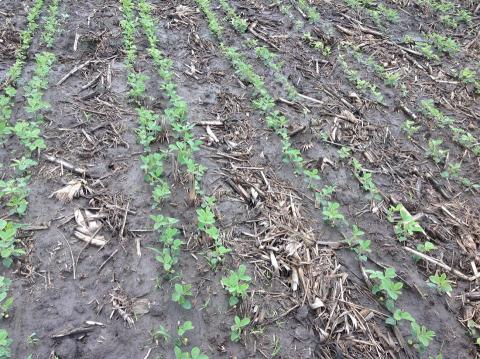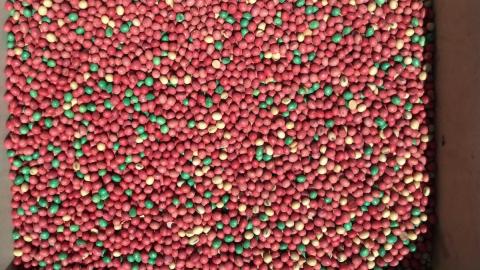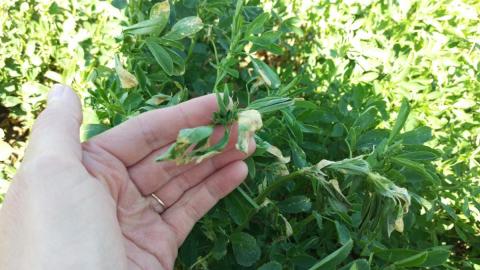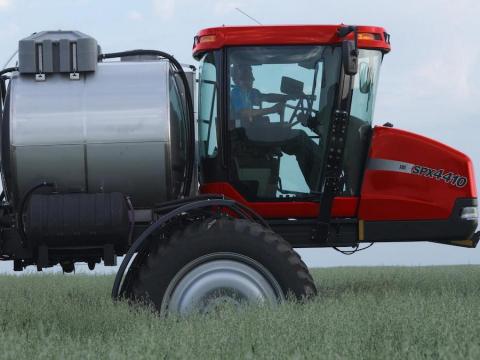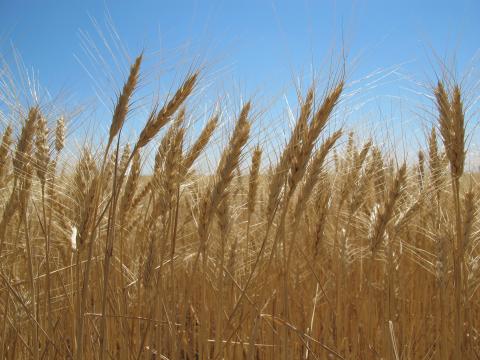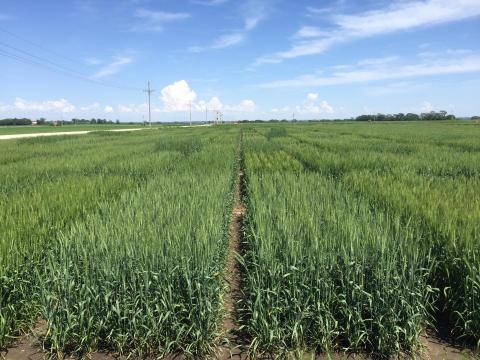Soybean Replanting Considerations
May 15, 2020
With the recent cold temperatures and frost in portions of the State, some are questioning the need to replant soybean. It’s important to assess potential recovery before making replant decisions. Soybeans are more resilient than one may think!
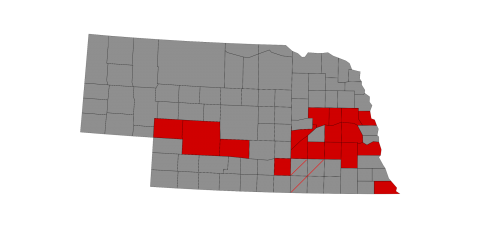
Soybean Seeding Rate On-Farm Research
April 16, 2020
The Nebraska On-Farm Research Network has shown that a seeding rate of 120,000 seeds per acre has performed well across counties, farms, and fields in Nebraska.
Safe Handling of Treated Seed
April 16, 2020
This year remember to be safe when handling treated seed and check the seed tag for specific handling and use directions.
Freeze Damage to Alfalfa
April 15, 2020
April freeze nips alfalfa. Extent of damage varies based on numerous factors, but no management actions are recommended.
PSEP: Online Certification Options
March 19, 2020
Nebraska Extension has canceled all in-person training, including chemigation and pesticide applicator training, starting March 16, 2020. The COVID-19 Information page on the PSEP website will serve as a hub for PSEP-related information during the interrupted training season.
Southeast Nebraska Soil Health Conference Set for March 3 in Hickman
February 19, 2020
Soil health, cover crops, and grazing annual cover crops will be among the topics at the Southeast Nebraska Soil Health Conference Tuesday, March 3rd in Hickman, NE.
New Study Helping to Guide Future Nitrogen Management of Winter Wheat for Grain Yield, Protein, and Bread Quality
October 29, 2019
Preliminary results are in from the first year of a two-year study to evaluate how soil N levels affect protein in Nebraska wheat and to provide data to revise UNL fertility recommendations for dryland wheat.
Winter Wheat Varieties for Eastern Nebraska
September 11, 2019
As you select winter wheat varieties for planting, consider these variety and fungicide trial resources specific to growing wheat in eastern Nebraska.
 Area: Saline, Jefferson and Gage Counties
Area: Saline, Jefferson and Gage Counties
